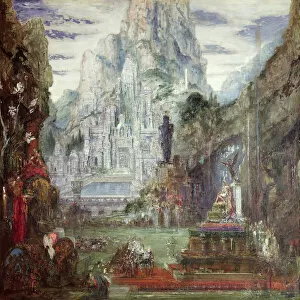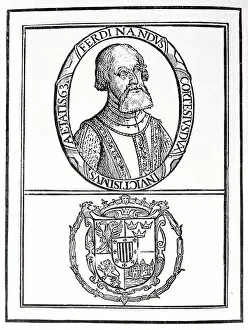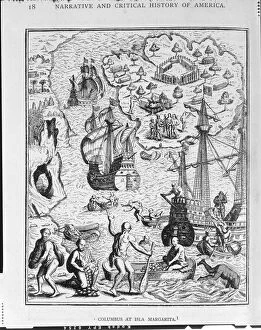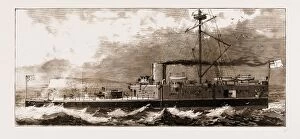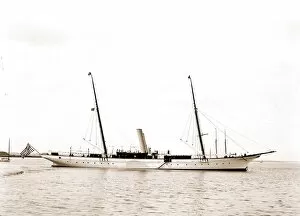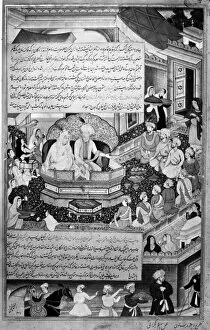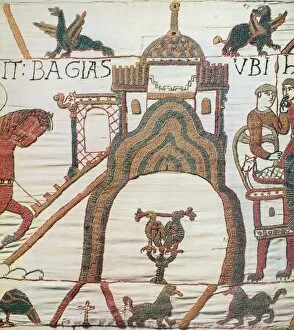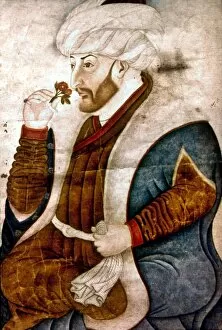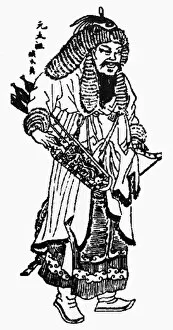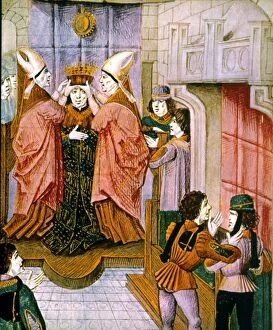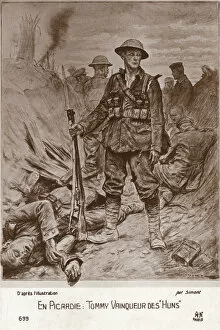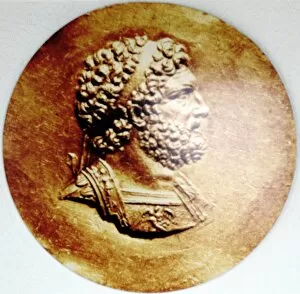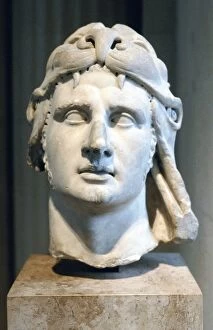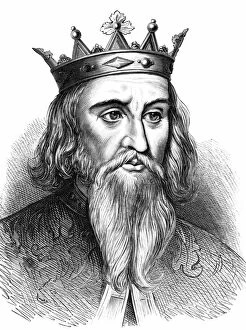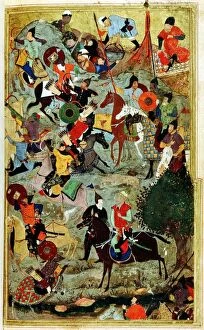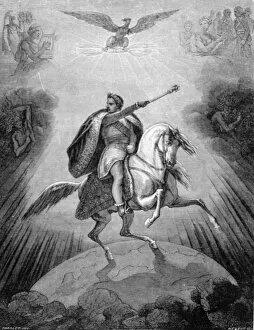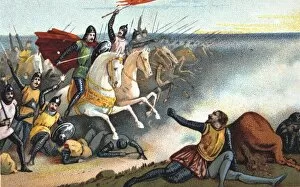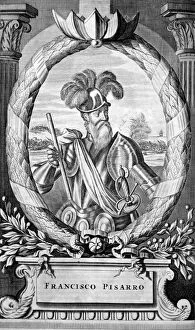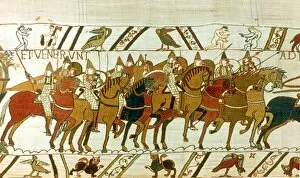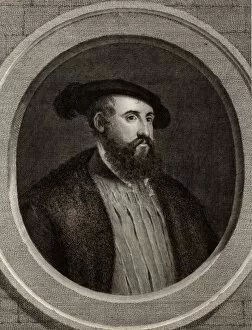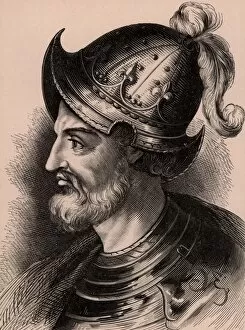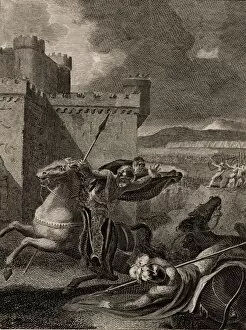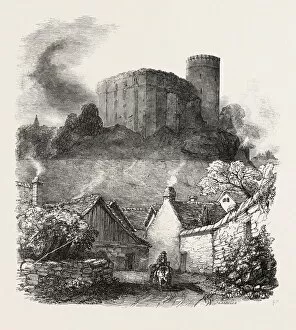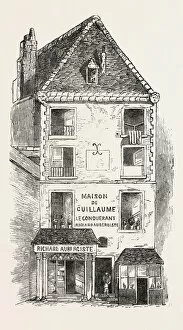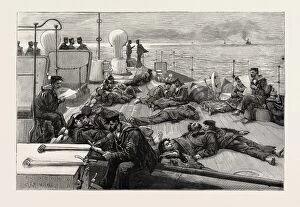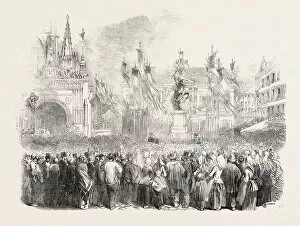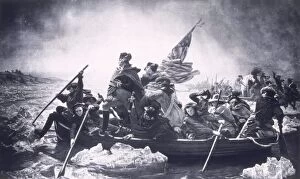Conqueror Collection (#13)
"Conqueror: From the Battle of Hastings to Genghis Khan" In the iconic painting, "Battle of Hastings IC008_018, " we witness the defining moment when William I
For sale as Licensed Images
Choose your image, Select your licence and Download the media
"Conqueror: From the Battle of Hastings to Genghis Khan" In the iconic painting, "Battle of Hastings IC008_018, " we witness the defining moment when William I, known as William the Conqueror, triumphed over Harold II in 1066. This historic clash forever altered the course of English history. Another depiction capturing this pivotal event is seen in Wilkin's artwork titled "Battle of Hastings K021254. " The intensity and determination on both sides are palpable as they wage war for power and control. Traveling back even further in time, we arrive at Old Sarum J030098, an ancient hill fort that witnessed countless battles and conquests throughout its existence. It stands as a testament to human ambition and territorial dominance. The Battle of Hastings J960036 serves as a reminder of how one man's ambition can reshape an entire nation. William I's victory solidified his reign over England and established him as a legendary conqueror. Beyond Europe, conquest took various forms across different continents. In "The cacique of Tabasco presents to Hernan Cortes twenty Indians, " we glimpse at Hernan Cortes' role in conquering Mexico during the Spanish colonization era. Moving eastward, we encounter another formidable conqueror - Genghis Khan. A Chinese silk album leaf from Yuan Dynasty showcases his might and influence during his Mongol Empire rule. Even Holy Roman Emperors sought to expand their dominion through military campaigns. Frederick I Barbarossa was one such ruler who left an indelible mark on European history with his ambitious conquests. Throughout history, battles like those fought at Hastings have shaped nations and empires alike. They remind us that behind every great empire or civilization lies a conqueror who dared to dream big and seize opportunities for greatness.


